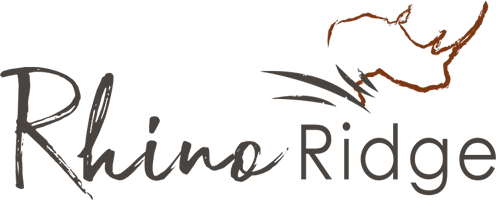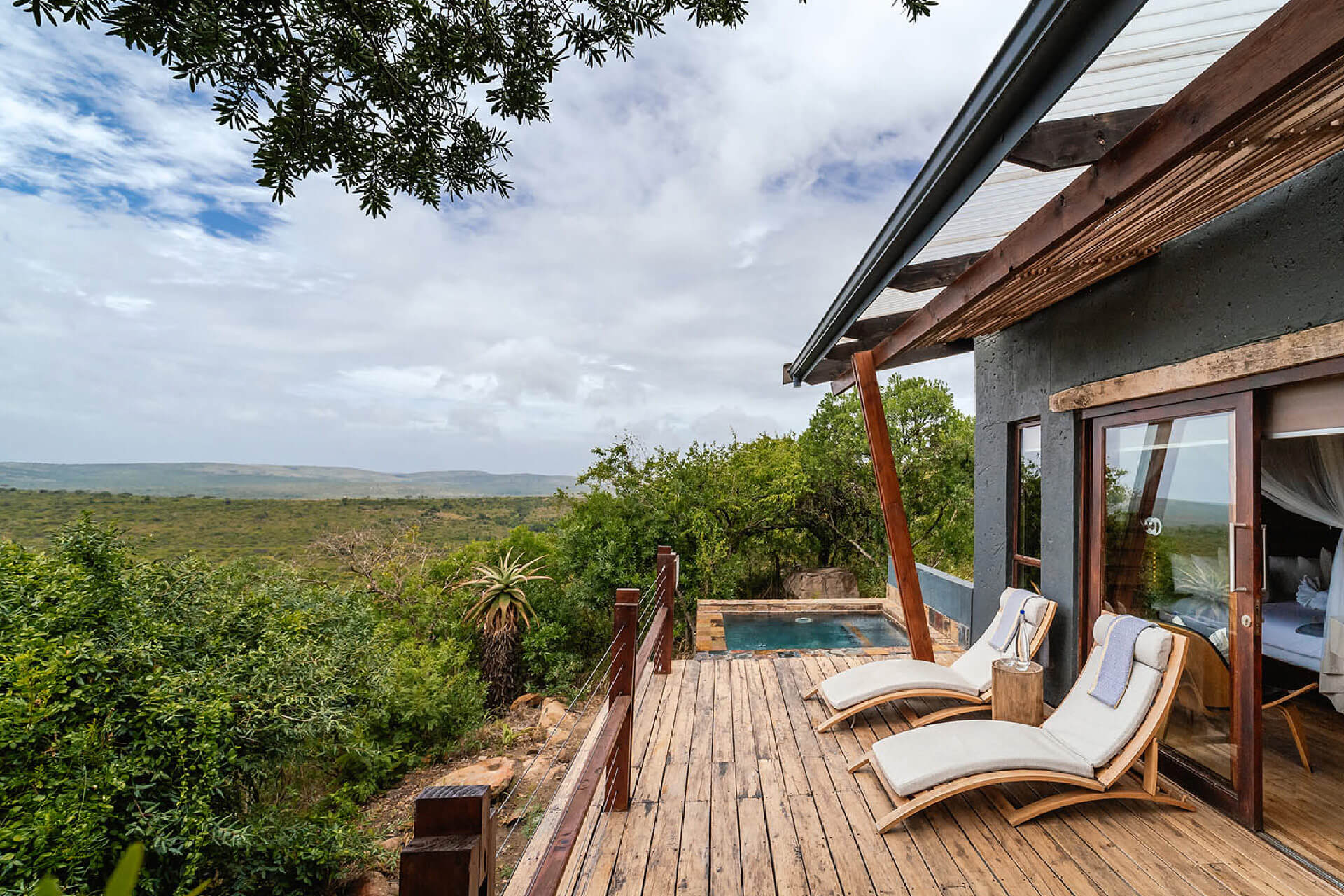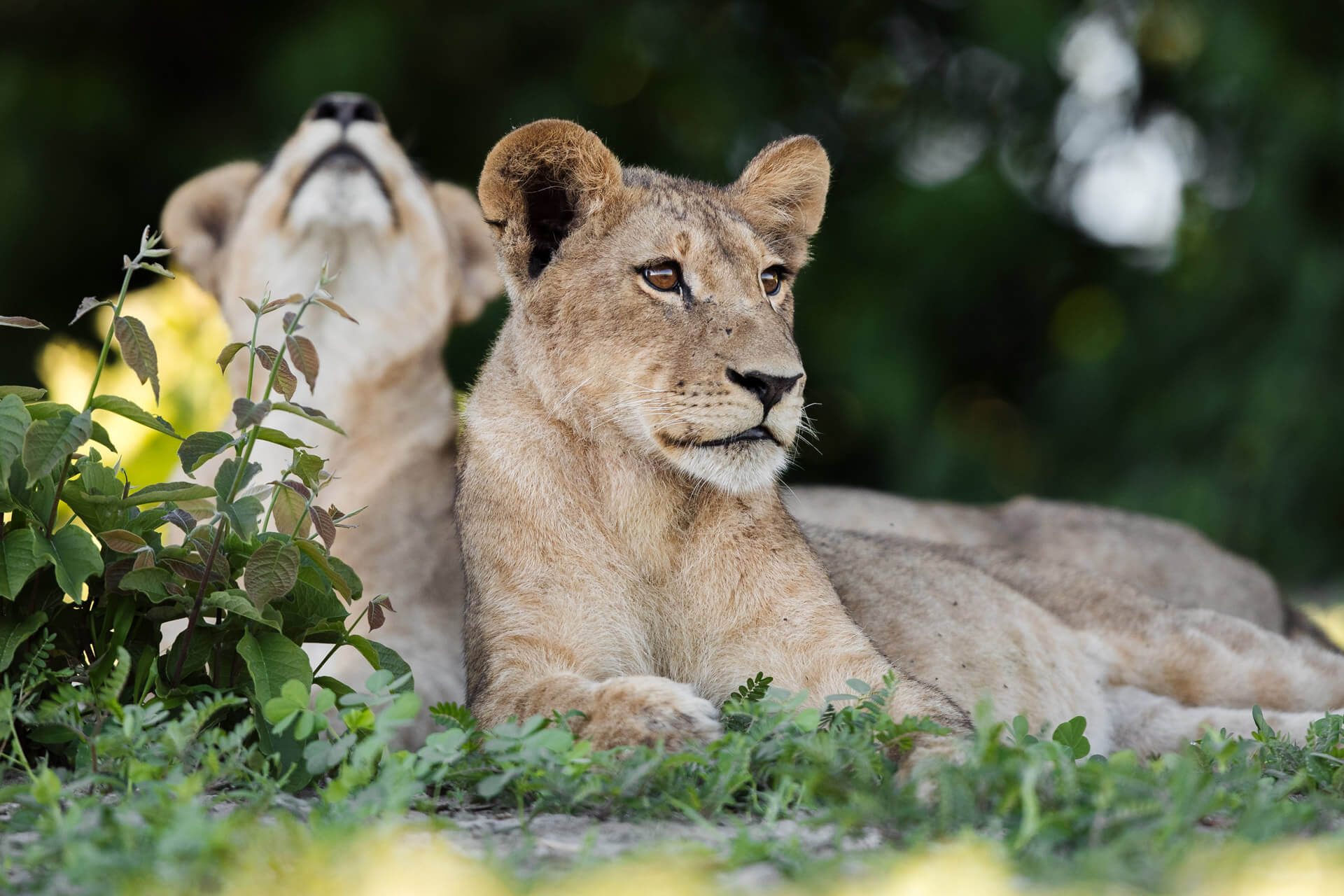A Birdwatcher’s Paradise: Hluhluwe-Imfolozi Park
Posted in: Birdlife
Posted on: June 4, 2025
If you’ve got a thing for feathers, calls that echo through the bush, and ticking lifers off your list, Hluhluwe-iMfolozi Park in KwaZulu-Natal is one of South Africa’s best-kept birding secrets.
It’s not your mainstream safari destination, which makes it a gem. And with its staggering range of habitats — from acacia thornveld and open savannah to riverine forest and rolling hills — it punches well above its weight in biodiversity.
Different ecosystems mean different bird species, and Hluhluwe-iMfolozi offers a rich mix: waterbirds lounging at pans, raptors catching thermals, and woodland species flitting through sun-dappled thickets.
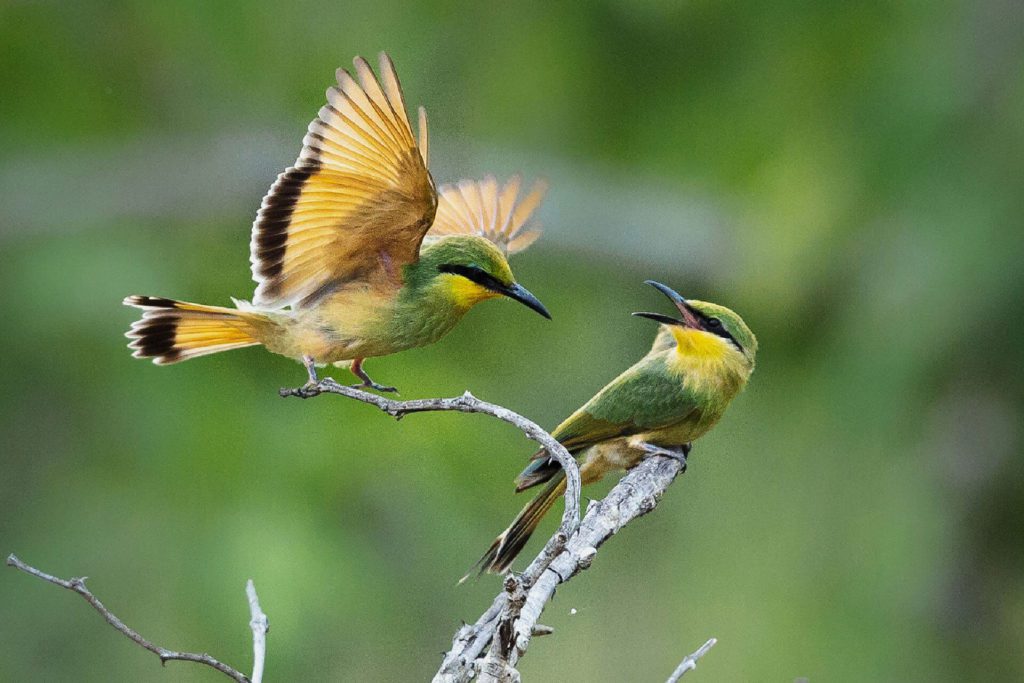
What birds can you expect to see in Hluhluwe-iMfolozi Park?
With more than 340 species recorded, birdwatching here can be as relaxed or focused as you want it to be. Keep your eyes peeled for southern ground hornbills stalking through the grass like they own the place. Rollers, bee-eaters and kingfishers flash colour against the sky. Raptors are a constant presence: martial eagles, bateleurs, and African hawk-eagles often scan the bush from high perches or ride the thermals above the ridges.
In the summer months, migrant species arrive in full voice and colour. Woodland kingfishers bring their piercing call, and the elusive broad-billed roller sometimes makes a flashy appearance. African jacanas skip daintily across lily pads by the rivers and pans, while thick-knees and herons stand sentry at the water’s edge.
It’s not just about ticking off names on a list – though that’s satisfying, too. Birding here is about slowing down. Listening for the liquid trill of a white-browed robin-chat at dawn. Watching a flock of red-billed queleas swarm like a murmuration. Noticing how a fork-tailed drongo shadows larger animals, waiting for insects to flush.
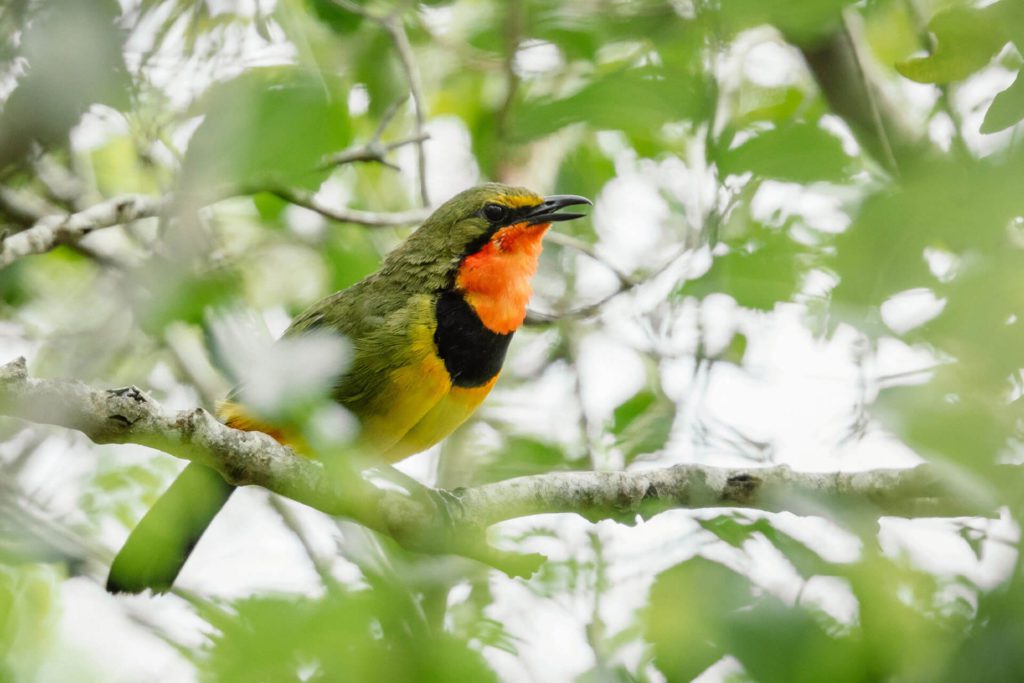
Birding at Hluhluwe-iMfolozi: where (and when) to look
Hluhluwe-iMfolozi Park is split into the hillier, forested Hluhluwe section in the north and the more open, undulating iMfolozi section in the south. Both offer excellent birding, but they house different species. Hluhluwe is better for forest birds, while iMfolozi gives you vast skies, grassland species, and riverbank sightings.
For the best variety, head out early, as birds are most active at dawn. Stop at hides and pans like Nyalazi, Mpila, or Bhejane and settle in. Give it ten minutes. Then twenty. Let the bush settle. It’s in the stillness that the best sightings often appear: a purple-crested turaco flaring from the canopy, or a Goliath heron lifting off like a relic of prehistory.
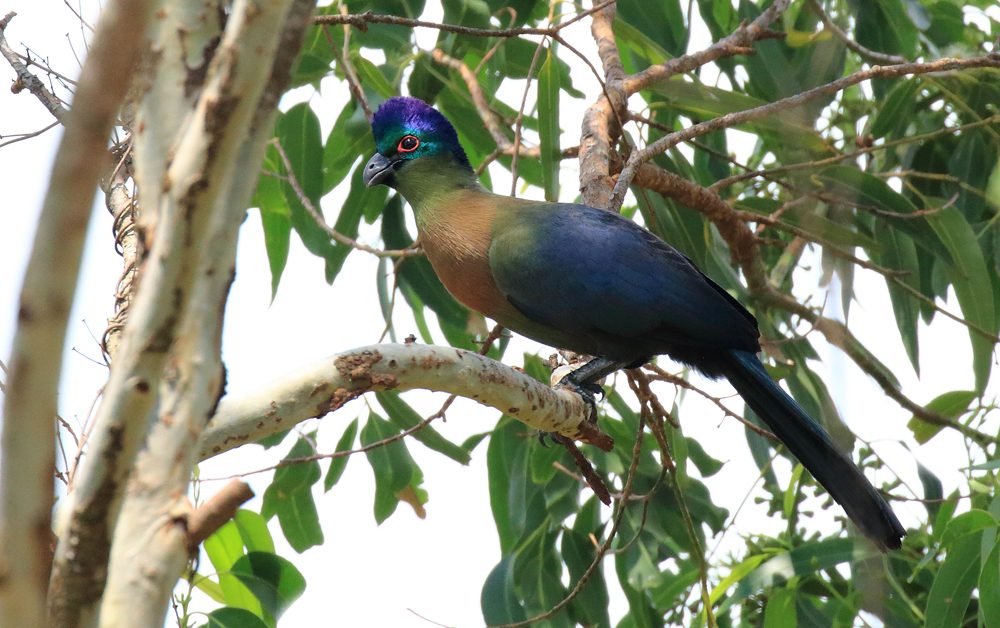
Where to stay when birding at Hluhluwe-iMfolozi Park
For front-row seats to this feathered spectacle, stay at Rhino Ridge Safari Lodge. We were the first private lodge inside Hluhluwe-iMfolozi Park. Get ready for coffee on the deck while hornbills squabble in the trees, and eco-luxury that doesn’t steal the show from the bush. Wake up to birdsong, go to sleep under stars. It’s as close to wild perfection as it gets.
Whether you’re a twitcher with a long-lens camera or just someone who finds joy in birdsong, Rhino Ridges Lodge and Hluhluwe-iMfolozi invite you to unplug, tune in, and watch the sky. You don’t need to know every name. Just bring a pair of binoculars, a good field guide (or app), and a willingness to be still. The birds will do the rest.
We look forward to having you here.
| # | Bird | Description & Where to Spot |
|---|---|---|
| 1 | Southern Ground Hornbill |
Strutting royalty of the savannah.
Jet-black with vivid red wattles, these iconic birds stalk through the grasslands like feathered bouncers. Rare and endangered, spotting them is like ticking off a celebrity sighting.
Where to look: Open grasslands and woodland edges in both park sections.
|
| 2 | Martial Eagle |
Africa’s apex aerial predator.
With a wingspan over 2.5 metres and eyes that scan like radar. Known to take down prey as large as monkeys.
Where to look: Circling thermals above ridges; perched in tall trees near game-rich areas.
|
| 3 | Purple-crested Turaco |
Flashy, fruit-loving forest dweller.
Its deep purple body and electric green crest are pure drama.
Where to look: Forested patches in the Hluhluwe section.
|
| 4 | Bateleur Eagle |
Short-tailed, swaggering show-off.
Flies like a gymnast, all wing-flicks and effortless gliding. Bold black, white, and fiery red. Think of it as the punk rocker of the eagle world.
Where to look: Open skies throughout the park, often in pairs.
|
| 5 | African Jacana |
The ‘Jesus bird’ of the pans.
Those comically long toes let it walk on floating vegetation like it’s nothing. Always looks like it’s running late for something.
Where to look: Lily-covered pans and shallow wetlands (e.g., Mpila and Nyalazi).
|
| 6 | Woodland Kingfisher (summer only) |
Turquoise lightning with a beak.
Its call cuts through the bush like an electric whip, and its colours glow like they’ve been Photoshopped.
Where to look: Near water or perched on open branches from November to April.
|
| 7 | Broad-billed Roller (lucky sighting) |
The elusive glam rocker.
Purple-blue hues and a chunky silhouette. Often turns up when you least expect it — and disappears just as fast.
Where to look: Woodland areas during summer.
|
| 8 | African Hawk-Eagle |
Sharp, sleek, and deadly.
A power couple in the sky — they often hunt in pairs.
Where to look: Tree-lined riverbeds or soaring above iMfolozi.
|
| 9 | Red-billed Quelea |
The planet’s most numerous wild bird — and it shows.
Moves like smoke in the sky when flocks lift off together. Tiny but powerful in numbers.
Where to look: Near water sources and grain-rich areas. Dawn and dusk are peak times.
|
| 10 | White-browed Robin-Chat |
The bush’s early morning soloist.
You’ll hear its clear, melodious trill before you even rub the sleep out of your eyes. A reminder to slow down and listen.
Where to look: Around campsites and thickets in the early hours.
|

